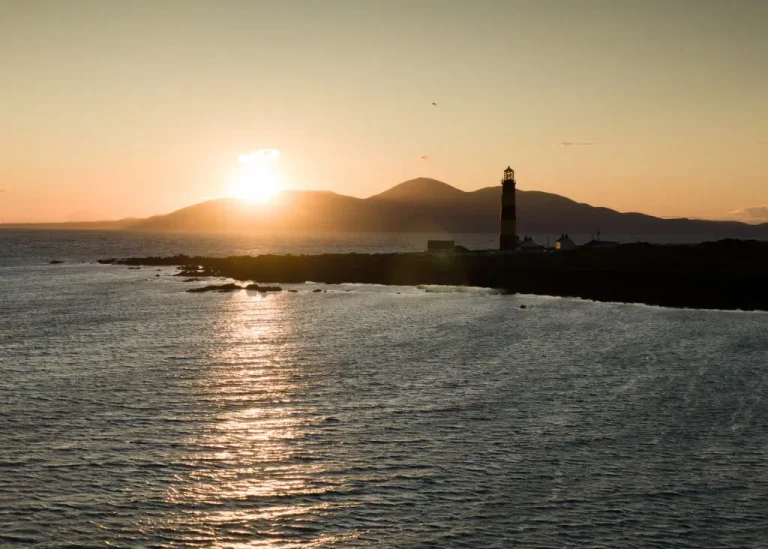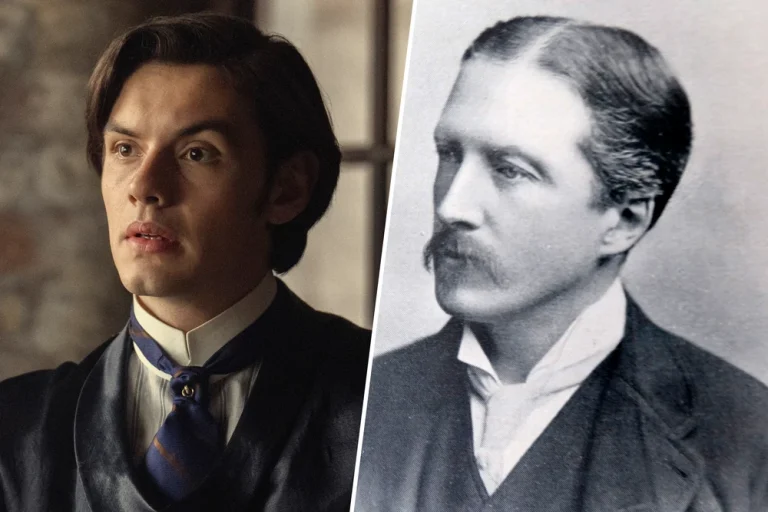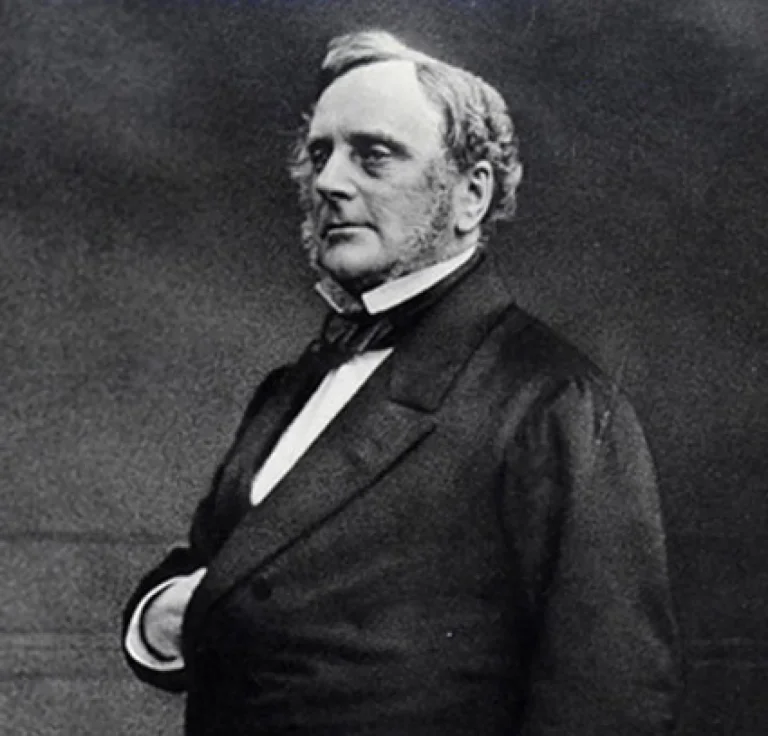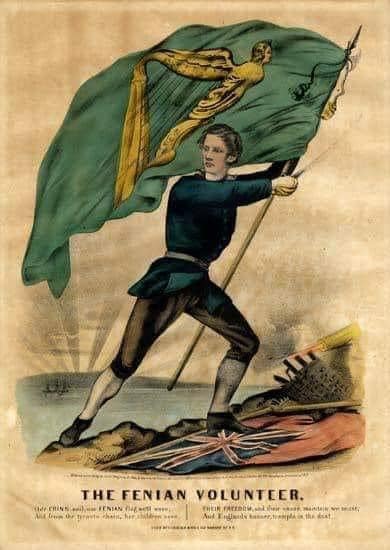
 “More Blacks More Dogs More Irish” is more than just a catchy slogan — it packs the power of historical memory, cultural reclamation, and protest in three simple words. Originating as a direct flip of the hateful phrase “No Blacks, No Dogs, No Irish,” this reclaimed expression celebrates diversity, unity, and resilience.
“More Blacks More Dogs More Irish” is more than just a catchy slogan — it packs the power of historical memory, cultural reclamation, and protest in three simple words. Originating as a direct flip of the hateful phrase “No Blacks, No Dogs, No Irish,” this reclaimed expression celebrates diversity, unity, and resilience.
Today, you’ll find it emblazoned on T-shirts, posters, murals, and protest placards. It’s become a modern symbol of reclaiming discrimination, forging alliances between marginalized communities, and urging society toward empathy and inclusivity.
In this blog, we explore:
-
The historical origin of the phrase
-
Its bold reappropriation
-
Cultural impact across art, fashion, and activism
-
Critiques and controversies
2. No Blacks, No Dogs, No Irish: A Painful Legacy of Exclusion
2.1 Historical Emergence
During the post-war era in the UK (1950s–1960s), signs reading “No Blacks, No Dogs, No Irish” were reportedly displayed in pubs, boarding houses, and rental flats. These messages, though perhaps not ubiquitous, are well‑documented through community recollections and sociological research traumarecovery.ie+8amazon.com+8etsy.com+8hotpress.com+3brixtonbuzz.com+3reddit.com+3.
John Lydon’s autobiography was titled No Blacks No Dogs No Irish, cementing the phrase’s place in popular culture brixtonbuzz.com+1reddit.com+1. While some historians debate how widespread these signs truly were, oral histories and anecdotal evidence — from London to Manchester and Birmingham — affirm they were a symbol of systemic discrimination reddit.com.
2.2 Shared Experiences of Racism and Exclusion
Discrimination wasn’t just against the Irish; Black communities, especially post–Windrush Generation migrants, faced the same hostility. Sociologist Enda Delaney notes that signs stating ‘no coloured; no Irish’ were not uncommon in immigrant neighborhoods moreluton.com+5reddit.com+5hotpress.com+5. These intolerant policies forced marginalized groups together, nurturing alliances of mutual resilience.
3. Reclaiming the Phrase: More Blacks More Dogs More Irish
3.1 A Brixton Reimagining
In 2016, Irish‑Jamaican couple Richy O’Gorman (from Thurles, Co. Tipperary) and Taurayne McKen began printing and wearing T-shirts reading “More Blacks More Dogs More Irish” — a humorous yet defiant reversal of the old exclusionary sign hotpress.comtraumarecovery.ie+14irishcentral.com+14moreluton.com+14.
Richy explained to IrishCentral:
“Taking that negative and turning it into a positive, in this current climate it’s important.” hinative.com+3irishcentral.com+3irishpost.com+3
They donated a portion of sales to the Camden Irish Community Centre and the Black Cultural Archive, while raising awareness of post-Brexit hate crimes and solidarity between Irish and Black communities x.com+6irishcentral.com+6moreluton.com+6.
3.2 Viral Life and Museum Recognition
A snapshot of the couple walking through Brixton with their three dogs wearing the slogan went viral, inspiring T-shirt sales to Ireland, the UK, USA, South Africa, New Zealand, Australia, Germany, Belgium, and Cleveland, Ohio southwarknews.co.uk+4moreluton.com+4irishpost.com+4. The City of Edinburgh Museums & Galleries even acquired a protest placard from the June 2020 BLM rally bearing the slogan capitalcollections.org.uk.
3.3 Amplified Voices: Music and Media
The phrase has inspired artistic interpretations, including a song performed on RTÉ’s Tommy Tiernan show theburkean.ie. It continues to resonate in campaigns, murals, and exhibitions—reflecting its deep-rooted cultural influence. It has even become emblematic in projects like 100 Voices: #AllAgainstRacism hotpress.com.
4. Why the Phrase Resonates in 2025
4.1 From Exclusion to Embrace
“More Blacks More Dogs More Irish” subverts hate by embracing all subjects of the original insult. It transforms shame into defiance and barriers into bonds.
4.2 Shared Historical Struggles
Black and Irish communities in post-war Britain often faced similar exclusion: restrictive signs, denied housing, employment barriers. Together, they created shared spaces of refuge — pubs, clubs, social circles . The phrase taps into this collective resilience.
4.3 Bold, Accessible Branding
The slogan’s simple, provocative structure makes it ideal for T-shirts, social media, and protests. It’s concise, memorable, and emotionally impactful. You can buy it on Amazon and Etsy x.com+8moreluton.com+8irishpost.com+8—or see it on a mural in Brixton.
4.4 Responsive to Today’s Climate
In the era of #BlackLivesMatter, Brexit, rising nationalism, and anti-immigrant rhetoric, the phrase gives voice to fallen communities. It asserts pride today while honoring struggles of the past.
5. Critiques & Controversy: Not Everyone’s on Board
5.1 Is Reversal Enough?
Some commentators argue that simply reversing the slogan may not dismantle the underlying hierarchy irishcentral.com+3irishpost.com+3moreluton.com+3. They say:
“‘More blacks, more dogs, more Irish’ still suggests that dogs, Black people, and Irish people are life‑forms of equal value…” youtube.com+15traumarecovery.ie+15moreluton.com+15
Proponents acknowledge that dialogue is essential — this slogan sparks debate, not definitive solutions.
5.2 Oversimplification Risks
Others label it performative — an oversimplified quick fix that risks masking sustained structural inequality . These critiques highlight the limits of symbolic gestures without systemic support.
6. Cultural Interpretations & Artistic Reach
6.1 Street Art & Memorialization
The slogan has appeared on murals, canvas prints, protest placards, and gallery exhibitions across Edinburgh, London, and Belfast .
6.2 Fashion & Merchandise
For sale on Amazon and Etsy, it appeals to solidarity-minded consumers . These garments boost awareness and spark conversations when worn publicly.
6.3 Music and Spoken Word
RTÉ broadcast a performance set to the phrase, reflecting its penetration into progressive Irish media theburkean.ie. Social media campaigns amplify it globally.
8. FAQs Around the Phrase
Q1: What does “More Blacks More Dogs More Irish” mean?
A: It flips a hateful, exclusionary slogan into one of radical inclusion and solidarity across communities.
Q2: Who coined it?
A: Irish‑Jamaican couple Richy O’Gorman and Taurayne McKen in 2016, inspired by recollections of anti-Irish and anti-Black signage amazon.com+3hinative.com+3m.facebook.com+3reddit.comyoutube.com+9irishcentral.com+9moreluton.com+9etsy.com+1amazon.com+1.
Q3: Is the phrase still offensive?
A: Some critics argue it can unwittingly equate humans with animals and may feel performative if not backed by action .
Q4: Where is it displayed?
A: From T-shirts on Amazon/Etsy to murals in Brixton to placards in Edinburgh’s BLM protests .
Q5: What can I do with this message?
A: Purchase ethically, dive into the history of discrimination, support Irish and Black communities, and spark meaningful conversations.
9. Deeper Themes & Takeaways
9.1 Power of Language
Flipping “No” into “More” showcases how language can shift deeply entrenched meaning — turning exclusion into embrace.
9.2 Intersectional Solidarity
The motto bridges distinct histories of racism, affirming unity between groups often pitted against each other.
9.3 Symbolism Meets Substance
Wearing or displaying it can signal allyship—but it calls for deeper action: learning, donating, organizing.
9.4 Limits of Symbolic Activism
The critiques remind us: slogans spark attention, but lasting change demands policies, funding, education, and equitable systems.
🔚 10. Call to Action – What You Can Do
-
Wear with purpose – don the slogan but be ready to explain its history.
-
Educate yourself – read about anti-Irish signs, Windrush, and ongoing discrimination.
-
Support communities – donate or volunteer for Irish, Black, or migrant advocacy groups.
-
Engage in dialogue – host community talks or share learnings with friends and family.
-
Create your own representation – contribute art, essays, murals that explore solidarity.
13. Conclusion
“More Blacks More Dogs More Irish” is a contemporary reclamation of hate — bold, inclusive, disruptive. From Brixton streets to global protests, it challenges audiences to revisit painful histories and embrace each other’s humanity.
Whether you see it on a T-shirt, a mural, or a placard, the phrase asks a question: Will we renew connections grounded in love, shared pain, and mutual respect?
If you’re inspired, remember: slogans spark conversation, but it’s collective action and sustained solidarity that transform society.



